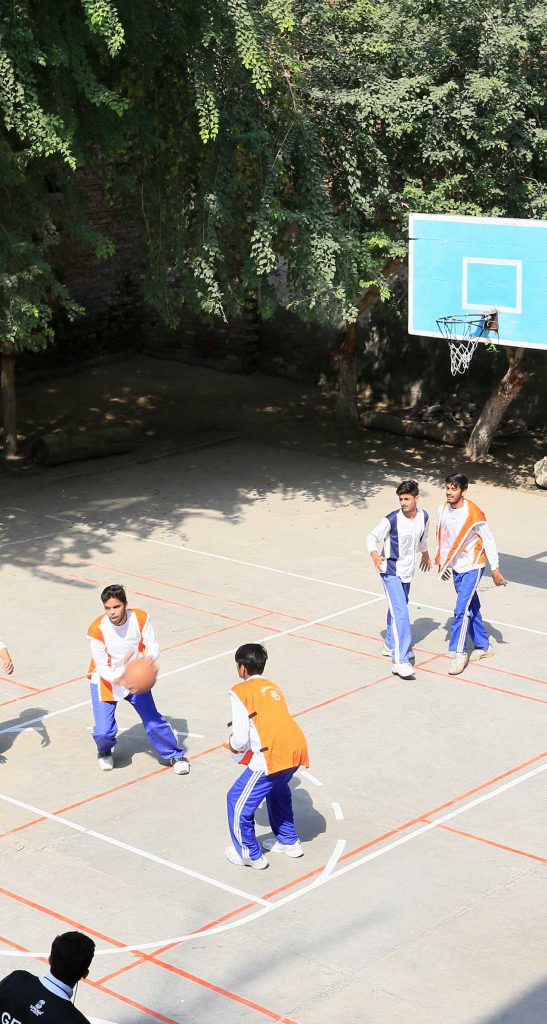Academics
Our academic programs are designed to foster your child’s physical, emotional and intellectual growth.
Our curriculum is designed to offer a comprehensive integrated academic & tarbiya plan, focusing on Adaab & Ikhlaq. Basic understanding of Arabic language along with Nazra Quran & Hifz of surahs is an integral part of our curriculum.
YEARS OF DIVERSITY & inclusivity



Overview
Our multidimensional academic programs free students from conventional boundaries, allowing them to learn deeply from many perspectives.
The AES courses provide two options to the students after class VII.
- Cambridge International Examination. (International General Certificate of Secondary Education at ordinary level (O-Level)
- Board of intermediate & secondary education examination (BISE). (Matriculation certificate)
The curriculum is designed to provide a structured learning program to enable students in acquiring proper knowledge as well as grooming of their personalities to be good progressive practising Muslims.
Mathematics: Develop a basic understanding of numbers and geometrical concepts by relating to real-life problems.
Sciences: Develop an understanding of the laws of nature around the pupil by relating science to life around them.
Computer: Develop basic skills to use a computer for research and developing reports and presentations.
Related Arts: Encourage students to explore and express their imaginative and creative skills through different mediums.
Physical Education: Develop basic athletic and sports skills of the students.
Languages
English / Urdu: Proper use of language.
Arabic: Understanding of basic grammar and development of enough vocabulary to help a child read and understand Quran.
Religious Education
Islamiyat: To understand the duties and requirements of a practising Muslim and norms for living a social life.
Islamic History: Develop an understanding of Islamic history and knowledge about prophets and heroes in our history.
Early years
A purely activity-based program to develop pupil’s various skills.
- 3-7 years age group.
- Well-integrated curriculum to develop knowledge about academic learning as well as knowledge about practising Islam.
- Activity-based learning through surroundings.
- Less stress on written work.
AES is a place for children to expand their love of learning, their general knowledge, their ability to get along with others, and their interest in reaching out to the world. Multiple instructional approaches optimize children’s opportunities for learning. These approaches include strategies that range from structured to unstructured and from whole class to small group activities as needed. This is a consistent goal of the program as children bring to learning environments different backgrounds, interests, experiences, learning styles, needs, and capacities. Children are encouraged to play, explore, learn and create at the same time.
Beyond Academics
In order to develop the basic skills of a child, different activities are arranged every week in which participation of all students is encouraged.
Mission & Values
The mission of AEST is to provide the best possible education as also to mould strong religious and moral character of our younger generations. We aim to produce talented youngsters who would distinguish themselves by their knowledge, competence, religious, humanitarian and moral standards. The pupils are groomed to approach all types of problems in a positive and constructive manner, to respond to the requirements of ever changing world, to show tolerance and respect to others and to serve their religion, society, country and humanity in the most befitting manner.
